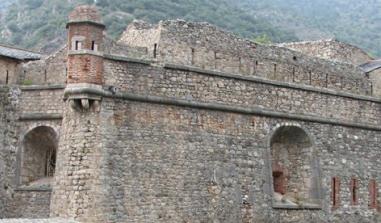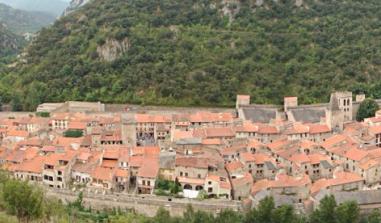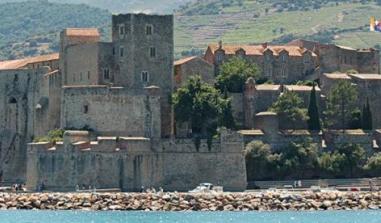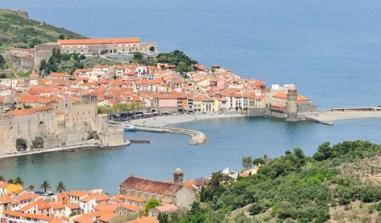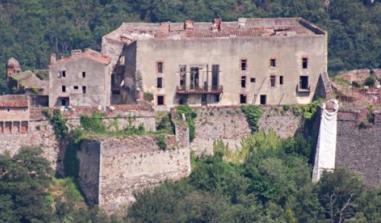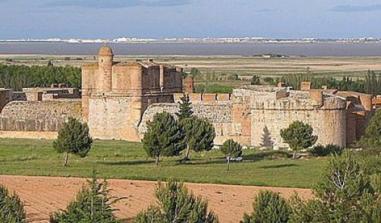Fort Bellegarde
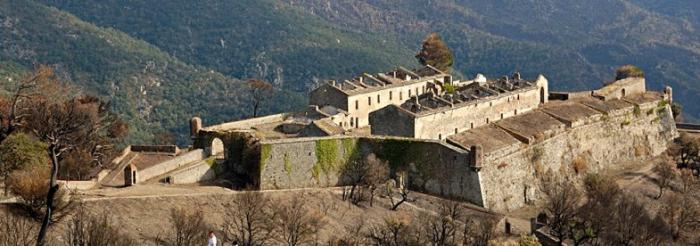
Le Fort de Bellegarde. Source : ©Doronenko - License Creative Commons - Libre de droit
This fort controlled passage through the Col de Pethus, an easy route through the mountains between France and Spain.
Built in the Pyrénées-orientales, Bellegarde controlled the Col du Perthus passage - formerly known as Portus Pompei (Pompei Passage), which provided an easy route between France and Spain. Owned by the Kings of Majorca, the site was fortified in 1285 to withstand the threat of the neighbouring Kingdom of Aragon. Initially, it consisted of a 20-metre-high watchtower above the Perthus passage, equipped as an autonomous defence unit. The Kings of Aragon reclaimed the region in the 14th century. The tower was then used as a toll by the local lords.
The Treaty of the Pyrenees, in 1659, incorporated the Col de Perthus and the surrounding area into the Kingdom of France, putting the French-Spanish border close to the site. The tour thus acquired strategic importance.
In 1667, the French troops struggled to push back a Spanish attack. The powers that be thus decided to reinforce the border defence system, a decision further backed up in 1674 when, with the works already underway, the Spanish troops captured the fort where they remained until being forced out by the French in 1675. Vauban, during his second inspection trip in April-May 1679, then decided to build a fully-fledged fortress on the site of the tower, for which he approved the plans drawn by his engineer for the fortifications in Rousillon, Rousselot.
The old fort was extended as far as it could be, the old keep was razed, the interior land was flattened, the bastions were protected by small towers that served as redoubts and the star-shaped layout was adopted for the covered way. On completion, the fort had a pentagonal layout.
The main wall was protected by a glacis one kilometre in length and five bastions all linked together. It enclosed a second line of ramparts and the protective walls surrounding the fortress. The fortress, designed to be autonomous, also contained shelter with space for up to 600 men, a chapel, a hospital, a bakery and mill and a big well, six metres wide and 62 metres deep, dug out in 1698. The only access to the fortress was the "Porte de France" gateway, protected by a small halfmoon fort. To build it, Vauban razed the former tower to the ground and lowered the hill by thirty metres. The fortress, which took 30 years to build, covered 14 hectares including 8,000 metres of buildings.
During the French Revolution, the region was the location of fierce battles during the Pyrenees Campaign. In 1793, the Spanish launched an offensive against Roussillon. General Ricardos passed through Vallespir and took Prats-de-Mollo and Fort Lagarde was occupied, which it remained until September 1794 when it was taken back by the troops under General Dugommier after a four-day siege.
Left dormant for over one hundred years, the site was employed by the public authorities after 1939 during the Retirada, when the Spanish Republicans fled Spain to escape Franco's advancing troops. The refugees, whose political opinions were badly perceived, were interned by Daladier’s government. The first camps were set up in Prats-de-Mollo and on the beaches of Argèles, then at the military camp in Joffre and lastly at Fort Bellegarde between January and February 1939.
Town Hall
15 avenue de France 66480 Le Perthus France
Tel: +33 (0)4 68 83 60 15
The fort is open from 3 June to 30 September from 10.30 am to 6.30 pm.
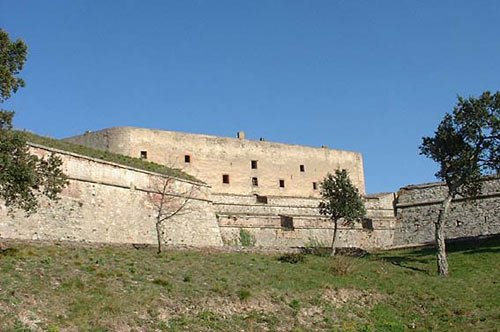
Exterior view. Source: Jeantosti.com
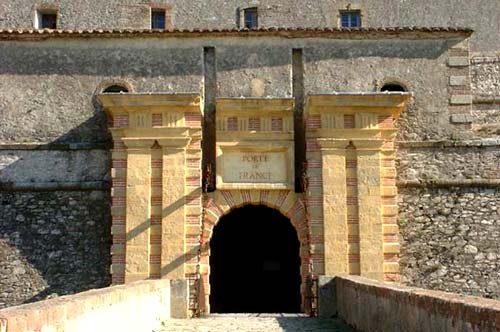
Porte de France. Source : Jeantosti.com
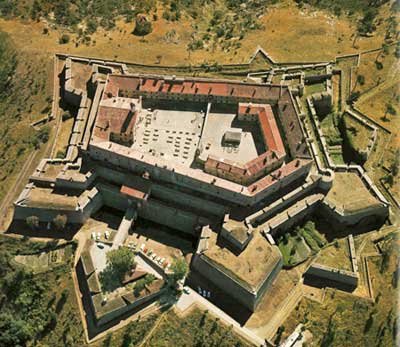
Aerial view of Fort Bellegarde. Source: Bornecque, La France de Vauban
Practical information
66480
Le Perthus
Tel : 04 68 83 60 15
De mai à septembre, ouvert de 10h30 à 18h30 Visites guidées tous les jours à 11h30 , 14h30, et 16h. Hors saison sur rendez-vous.


